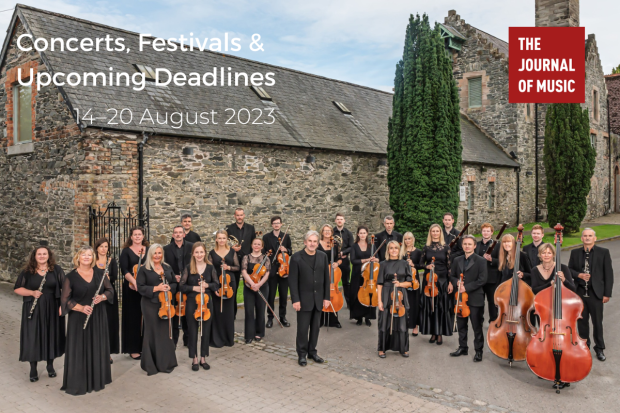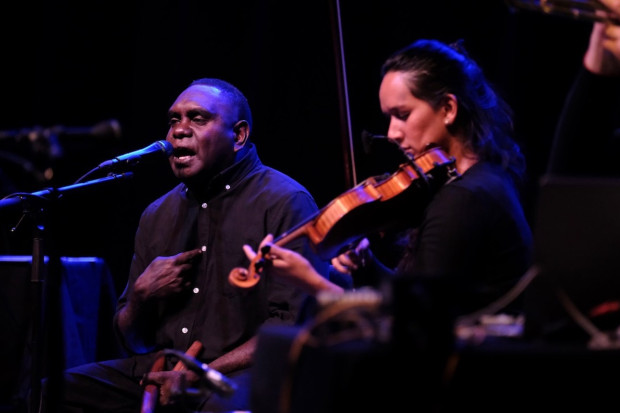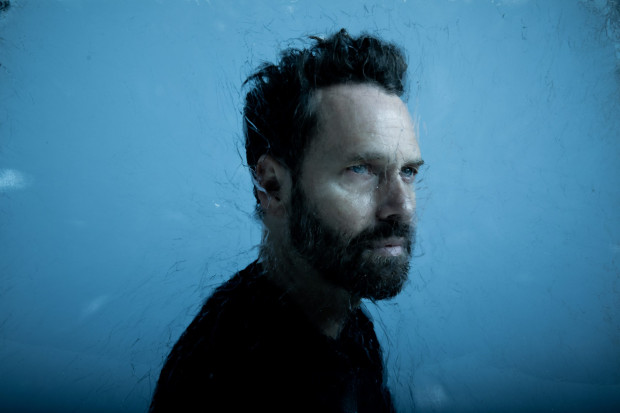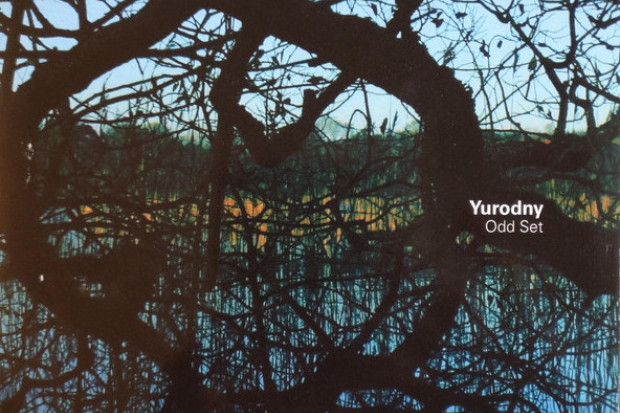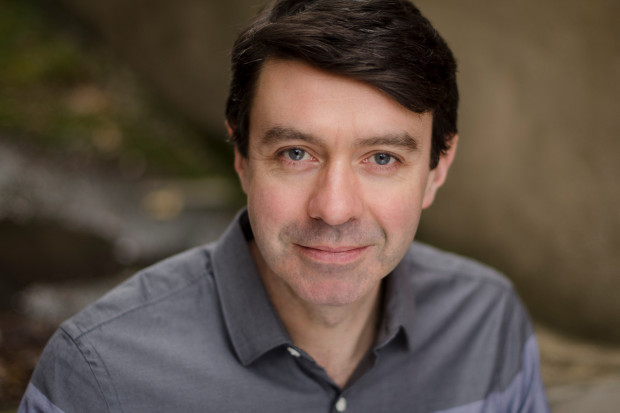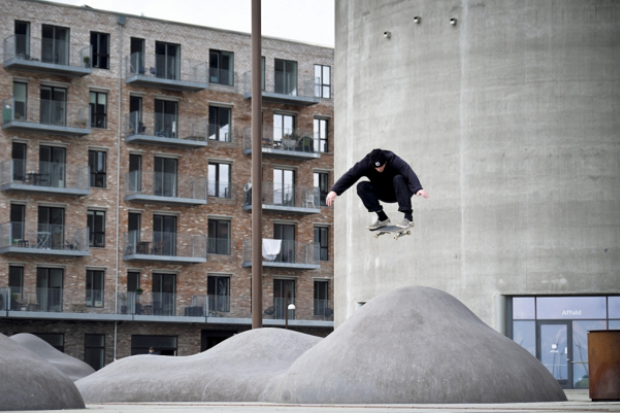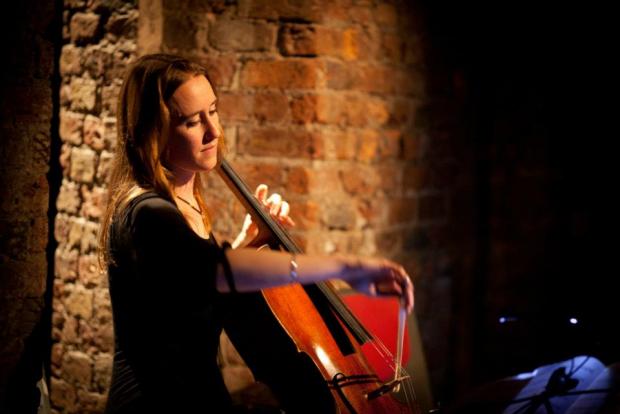
Lights, Cameras, Action!
Kate Ellis
Kate Ellis has been performing as a cellist with Crash Ensemble since 2002. During that time Ellis has participated in many world premieres and high profile concerts, including a much-acclaimed 2006 performance of Steve Reich’s Cello Counterpoint in the presence of the composer. Ellis was recently named Co-Artistic Director of the ensemble, alongside Crash founder Donnacha Dennehy, a position she will take up officially in May of this year.
Since 2009 Ellis has curated Kaleidoscope Night, alongside violinist Clíodhna Ryan. Kaleidoscope is a monthly night of early, contemporary and classical music which usually takes place in Odessa Club in Dublin, but which also toured to Cork, Carlow, Galway and Kilkenny in the summer of 2011 as ‘Kaleidoscope Caravan’. Ellis has been musician in residence at Cork Opera House since July 2011, where she co-curated the Reich Effect, a festival marking Reich’s seventy-fifth year, and where she will continue her residency throughout 2012-2013.
Ellis’ Resound project, which features Linda Buckley, Laura Sheeran, Francesco Turrisi, Adrian Hart, aka Glitterface and Chequerboard, as well as poet Billy Ramsell and visual artists Jane Cassidy and Rory Tangney. Resound will host a concert at the Button Factory in Dublin on 19 April.
In this interview we talk to Ellis about her recent Crash appointment and possible future directions for the group, about her wide-ranging activities as musician and curator, and about her experiences in and attitude to the Irish new music scene.
Congratulations on your recent appointment as Co-Artistic Director of Crash Ensemble. Could you speak a little first of all about your background as a musician, and then about your experience as a Crash musician for the past ten years?
Thank you! I’m really excited to have the opportunity to work closely with Donnacha, the ensemble, production team and management.
I studied at the Purcell School and Royal College of Music junior department in London, then moved to Dublin to complete a degree in music performance at the Royal Irish Academy of Music. From my childhood I had an interest in folk, jazz and world music and during my school and college years I found myself constantly leaning towards newer repertoire written for the cello. When I moved to Dublin I was very lucky to meet like-minded musicians who were investigating all genres of music, improvising, writing songs and researching new sound worlds, and have been touring and performing since that time.
I was first asked to play with Crash Ensemble in December of 2002 as part of their Up North festival at the Project Arts Centre. I distinctly remember my excitement surrounding the rehearsal period and concert. For me the excitement was the opportunity to play with an ensemble of brilliant musicians who have the same passion and devotion to the performance of contemporary music as I have.
Now that you will be taking on a different role within the ensemble, how do you envision that affecting your status as a musician within the group?
I am first and foremost cellist with the ensemble and my new role will definitely not have any effect on my status as a musician within the group. In my initial discussions with both Donnacha and our general manager Neva Elliot we discussed this at length and agreed that it was essential that this would be the case and indeed this was part of the reason for Donnacha’s choice in taking on co-artistic directorship.
Can you discuss the directions in which you want to take the ensemble in the next couple of years; are there any particular projects, major or minor, with which you would like to see Crash engage? Similarly, are there any composers from whom you would like to commission works?
I’m beginning my role as co-artistic director of Crash in May of this year and will begin planning future projects with Donnacha at that stage. I will be involved initially in programming concerts leading up to the Crash performances at the Huddersfield Contemporary Music Festival in November of this year.
I would love to see the facilitation of collaborations and commissions from performers working in Ireland and abroad. I feel that it is important to recognize the many talented performers who are also composers in their own right. It would be great to see a continuation of the fusing of traditions as present in Donnacha’s ‘Grá Agus Bás’ featuring Iarla Ó Lionáird. I would also like to experiment with the inclusion of different art forms at Crash concerts – Lights, Cameras, Action!
How will you and Donnacha Dennehy manage your collaboration as Co-Artistic Directors? Are there particular areas you will manage, and vice versa?
All I can say is hooray for the internet! Having the ability to communicate so easily from two continents will mean we will be able to discuss and collaborate regularly on current and future projects. Donnacha will also be travelling back to Ireland frequently.
Could you discuss the Kaleidoscope Nights you co-curate with Clíodhna Ryan, particularly in terms of your original goals for these events, and their status at present and looking to the future?
The direction of Kaleidoscope has consolidated over the past three years. We now have a clear format to our programme each month and are always looking for new suggestions and programming ideas from performers and composers to ensure that Kaleidoscope lives on as the intimate performance platform for which it has become renowned. It feels now as if the responsibility of us both is towards the continual engagement and facilitation of the large community of performers, composers and audience members that has been created by the nights.
Crash and Kaleidoscope obviously rely on a certain degree of institutional support (from the Arts Council), but both, in varying degrees, also embody a certain D.I.Y. aesthetic, an aesthetic that has been vital to their success. Can you discuss, particularly with reference to Kaleidoscope, how you perceive this relationship between a reliance on funding support on the one hand, and an almost guerrilla style approach to the organisation of concerts and the cultivation of audiences on the other?
Funding is of course vital, it is the life blood of any arts project. The Arts Council are keenly aware and informed on the importance of music and the role it assumes within our culture and the vitality which it breathes life into that culture and into society in general. With the rise of social media sites as an advertising tool, the cultivation of audiences has become in one way slightly easier but in another, due to the saturation of these sites, has become a lot harder. I feel it is important not to bombard potential audiences with too much information as this takes away some of the mystery of the actual performance.
You have also recently been a resident musician at Cork Opera House. Can you discuss how the residency came about, and some of the things you have been able to do, and will do, whilst there?
The residency began with my co-curation of the Reich Effect with the CEO of the Cork Opera House, Mary Hickson. Mary was the previous manager of Crash Ensemble during her time at the O’Reilly Theatre in Dublin, and we have remained friends since her move to Cork. When she approached me with co-curation of the festival in mind it seemed to be a natural progression for me to become musician in residence.
The continuing residency is an amazing opportunity for me to present my own concerts of solo works by contemporary composers and to collaborate with a group of diverse musicians whom I feel are working to expand their chosen genres. It has allowed me the freedom to explore new and existing works for solo cello and to facilitate a new way of working with composers, musicians, visual artists and a poet, where a certain amount of improvisation and flexibility is encouraged.
The residency has also allowed me to commission the talented young composer Linda Buckley to write a piece for both of us and the visual artist Rory Tangney to create a video to accompany an existing piece. All of the collaborations throughout the residency have been extremely successful and have resulted in a new project, ‘Resound’, where I will bring together this diverse group of musicians and artists for a series of concerts over the coming summer months.
Finally, I’d be interested to hear your thoughts on the Irish new music scene at present, particularly considering your, and others’, prolific activities in animating that scene. How do you perceive its growth over the past ten or so years, growth that is particularly interesting considering the recent economic situation and may indeed relate to the question above about a D.I.Y. Aesthetic?
The arts have thrived during earlier periods of economic downturns, and musicians will always need an outlet for their many and varied talents. Audiences are always looking for vibrant, communicative and challenging performances and I feel there is a hunger within the artistic community to present the audience with this challenge.
Published on 12 April 2012
Stephen Graham is a lecturer in music at Goldsmiths, University of London. He blogs at www.robotsdancingalone.wordpress.com.












